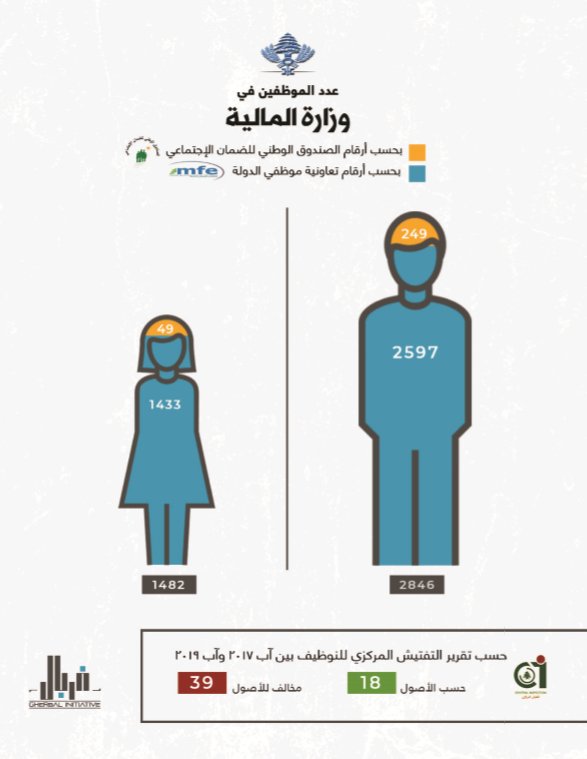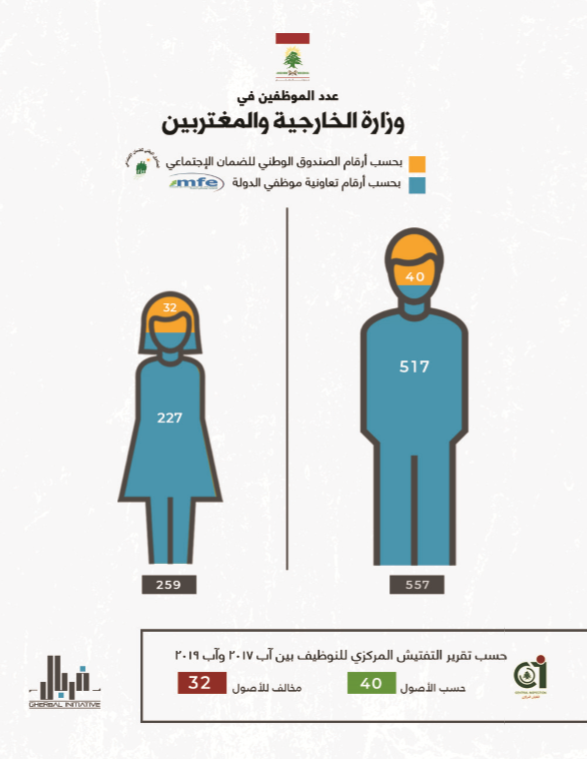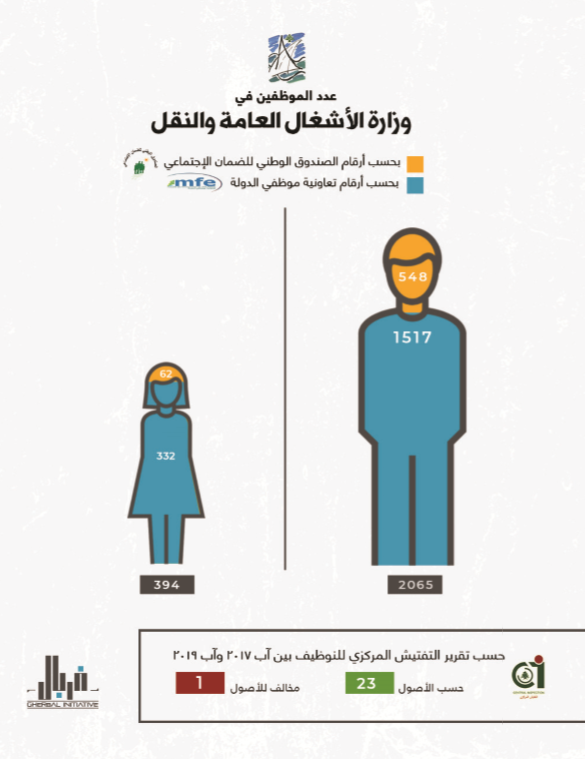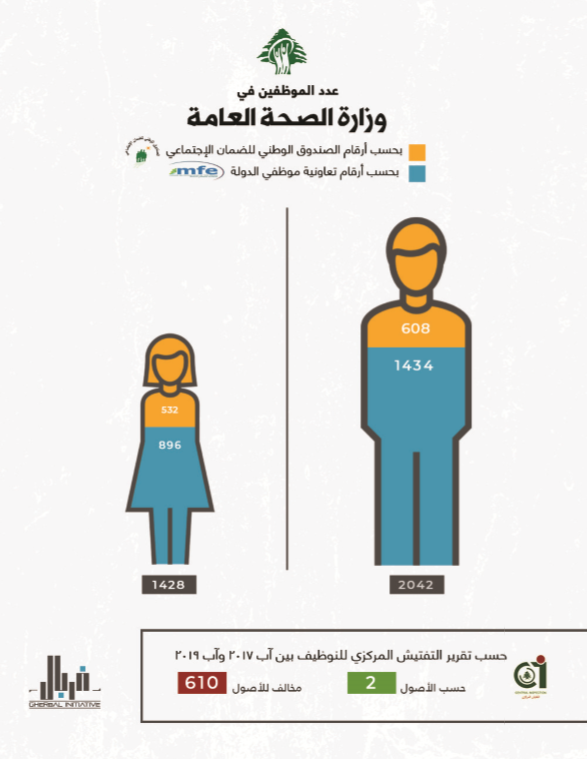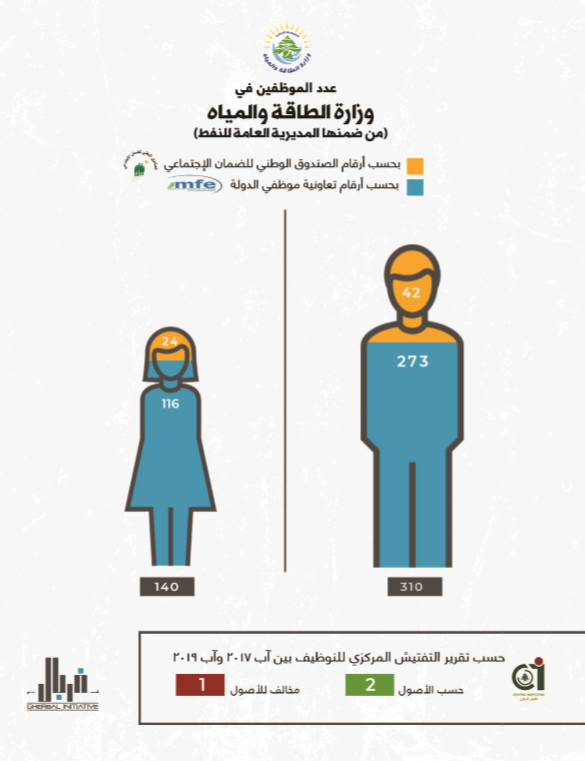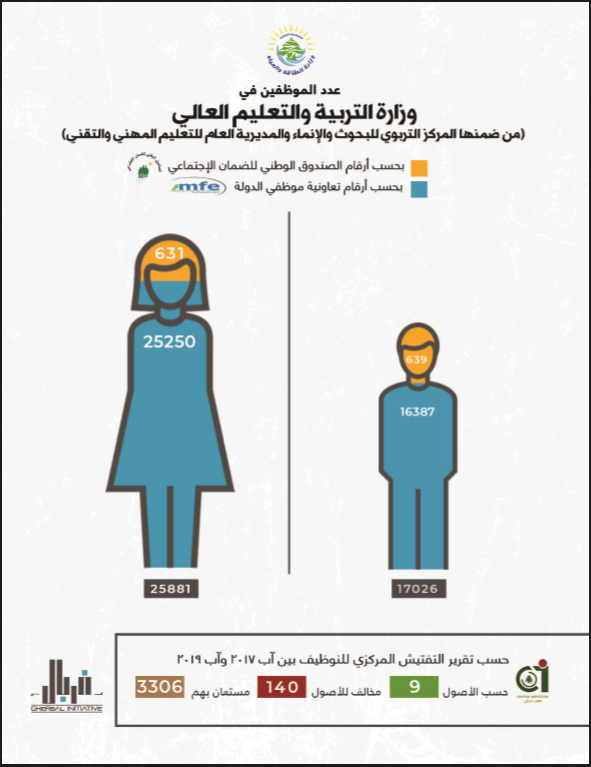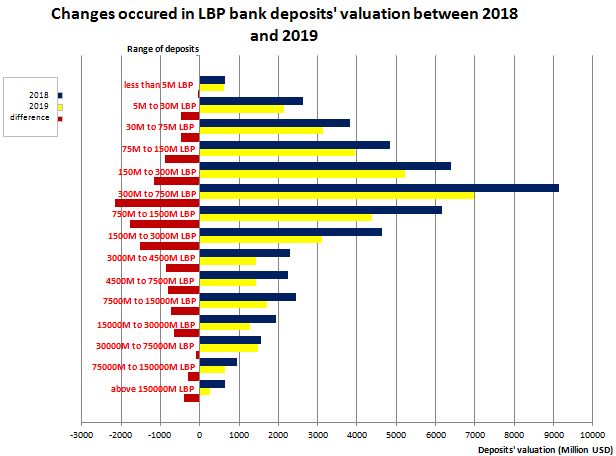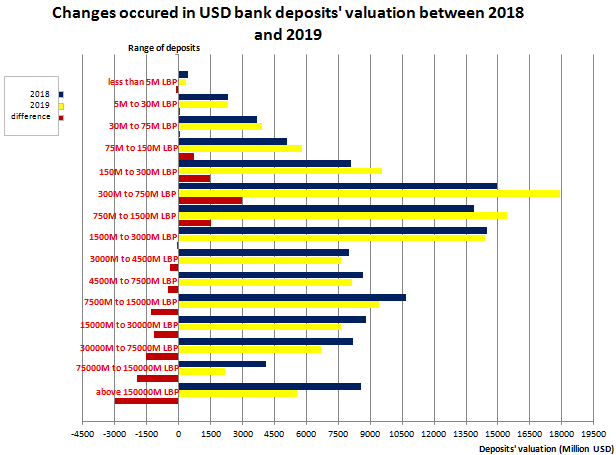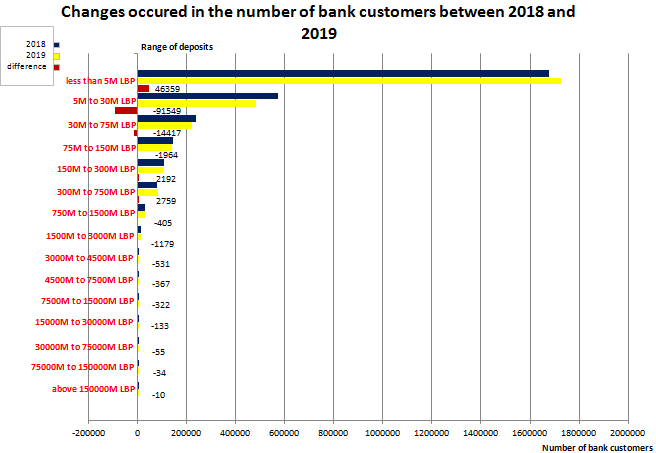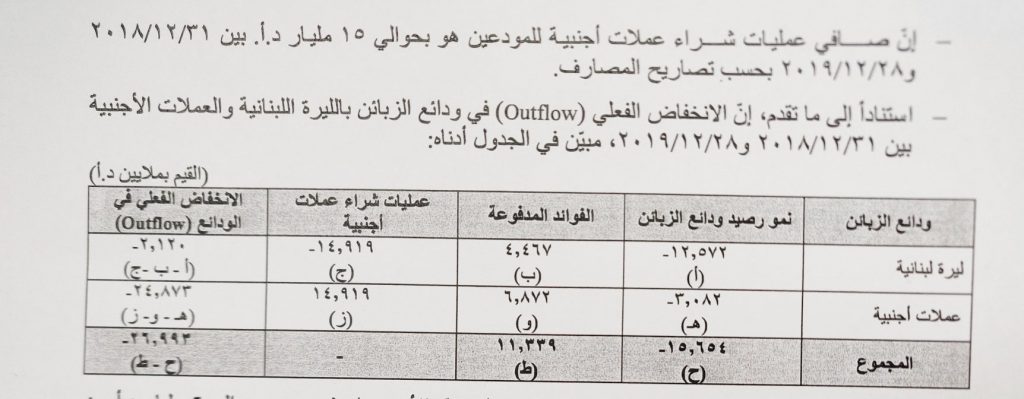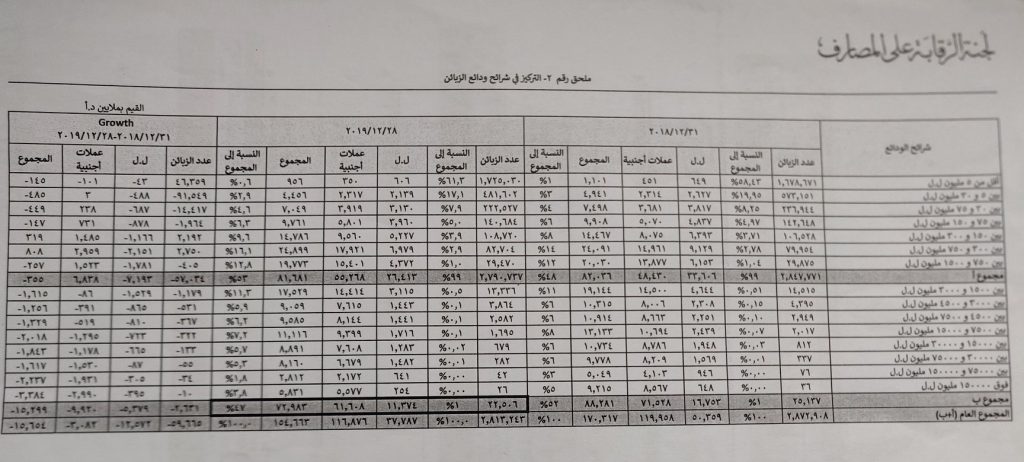Introduction
On October 17th 2019, Lebanese people took to the streets in large protests after the government has put taxes on whats app (an odd move that violates the policy of the whats app community). Protesters gathered all over Lebanon and made their voices heard all over the world, regardless of their religion, town, affiliations, etc…, which was considered a big step and a huge achievement.
In fact, the political class (mainly composed of warlords and huge capitalists) has been running the state for 30 years based on sectarianism where each sectarian « Zaiim » was employing in the state his own group of supporters with the only criteria being the quotas between each « Zaiim », and they kept doing this under falsifying and poetic slogans like « national unity » and « coexistence ». This has led to hiring incompetent people, which made the economy collapse and instead of resolving the issue, the governing body (plotting with the banks and the central bank) kept making false reassurances that everything is okay and under control.
Hence the problematic: why we couldn’t prevent this collapse? What has the governing body done all those years? What are the real reasons that made Lebanese people say « enough is enough »?

Right of access to information
Importance
To answer our problematic we had to go to the Lebanese constitution.
It mentions the right of access to information (taken from the french constitution in 1926 when they were in the third republic era).
This following slide shows us why it is important to have such access:

What type of information can we request?
- Written documents (contracts, files, reports…).
- Electronic documents.
- Audio recordings.
- Visual clips and videos.
- Pictures.
- Automatically read documents.
Exemptions
There are some cases where we do not have the right to access to information. The following slide shows those exceptions:

Entities obligated to comply with « access to information » law
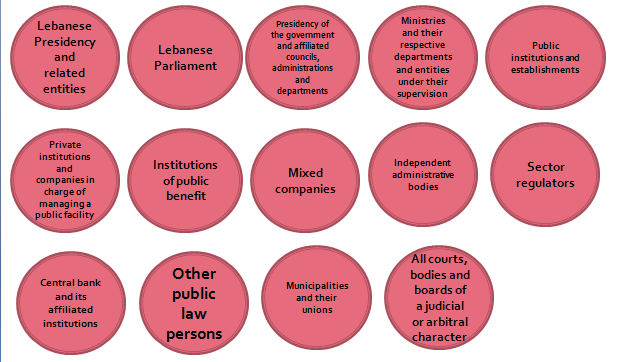
Paths of information requests depending on the response
The following schema shows the course of action after requesting information:
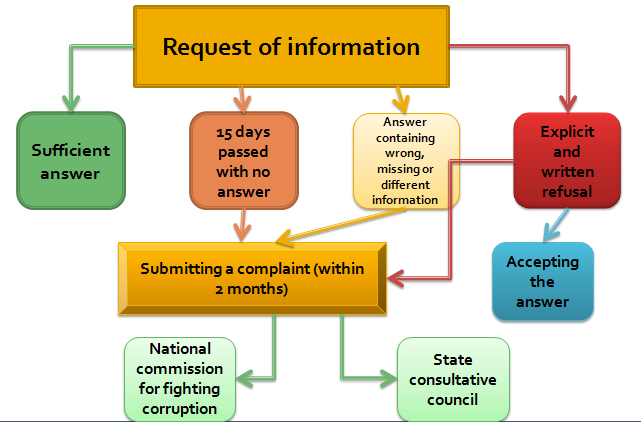
There are some remarks that have to be taken into account:
– in some cases, the institution has the right to extend the deadline 15 more days if it proves that there is too much amount of data that needs to be arranged in order to communicate it.
– Unfortunately the national commission for fighting corruption has not been established yet (although there was a state minister for fighting corruption). However, that does not prevent the individual from submitting a complain to other parties (mainly the court that is specialized in such cases).
Data gathered
Of course trying to gather data in all public institutions is going to take a lot of time (even though around 75% of these institutions don’t comply with the « access to information » law).
So we’re going to discuss 3 parts: the public budget, the number of employees in Lebanese ministries and the money of depositors in banks.
Public budget
How does the government prepare the budget?
The state budget shows the expected to be earned versus the expected expenditures to be paid in the upcoming year.
This is very important, because at the end of the year, the government will be able to compare its revenues and expenses as well as how to spend any surplus in its budget.
Unfortunately, Lebanon didn’t have a budget for twelve years (from 2005 to 2017). To make matters worse, the constitutional deadlines for the budget have never been respected for the past three years.
According to the constitution (particularly articles 32, 81, 82 and 83) the Lebanese parliament issues the budget before the end of the year, meaning that the budget of 2020 should be issued before the conclusion of 2019. But how does the budget reach the parliament?
According to the « Citizen Budget » issued by the ministry of finance in 2018, the minister of finance issues a circular between the 1st and 15th of April, asking all public administrations to prepare their budgets (expected revenues and expenses for the upcoming year). The administrations have a month and a half maximum to submit a reply to the ministry of finance. During the following months of June and July, the directorate general of the state budget studies and discusses the expected figures of the budget. Later on, the minister of finance studies the values and figures during the month of August and sends it to the council of ministers which in turn has until the end of September to study and discuss it before sending a draft budget law to the Lebanese parliament. Here comes the role of the finance and budget committee in the parliament to study these figures and then send them to the parliament for approval. In general, the budget law must be approved before the end of December. However, the constitution allows an extension of one month until the end of January. Unfortunately, those deadlines are not being respected, and to make matters worse, a closure of accounts should precede the approval of the budget law. In fact, the closure of accounts shows what was actually spent and collected in the respective year, and compares it with the expected budget for the same year. However, the closure of accounts hasn’t been made in 15 years.
Public budget of 2019
The following bar chart shows us the public budget allocation of 2019:

From the chart, we can highlight the fact that the majority of the budget is focused on common expenses (which contains pensions, end of service compensation and debts to be paid), which means that the state built its budget by reducing the expenses on investments in ministries (a great indicator showing that our nation is heading towards default). Each ministry has its own budget and its own story and if we want to talk about all of them it will take a lot of time. That’s why we decided that we need to highlight two things where we found behind striking and alarming information: common expenses and budget reserve.

From the pie chart above, we can see that the state’s expenses are divided between pensions, end of service compensation and debts divided between internal and external loans. Those numbers are a burden on the state and instead of finding rational ways to increase the revenue by fighting corruption in all ministries and institutions mainly and most importantly stopping public squandering in funds (fund of south, fund of displaced people…), customs, tax evasion and independent institutions that deal with public money (development and reconstruction council, Ogero, middle east…), the government decided to increase taxes on citizens in every way possible, thus obliging them to cover all debts and paying the price for the incompetency and corruption of the real people behind this mess.
To make matters worse, after October 17th, prime minister Saad El-Hariri and his government proposed a reform paper in which he mentioned that taxes would be removed on citizens and instead the central bank will lend 4 billion dollars to serve the state in covering the debt (financial expenses, internal and external treasury bonds…). Add to that 2 billion dollars each year to stabilize the Lebanese pound at the official rate (1507 LBP for 1$) and the fact that the central bank has made financial engineering to other banks (mainly by increasing interest rates), we could easily see that the Lebanese citizen is the biggest victim and that instead of paying his taxes, he has a big risk of losing his money in the bank.
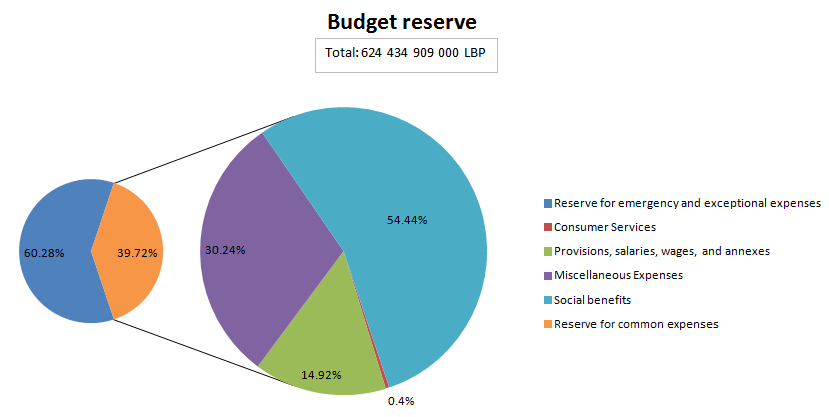
In the budget reserve, the chart shows that emergency expenses are needed to cover transactions between administrations or departments and common expenses that cover consumer services, provisions, salaries, wages, annexes, miscellaneous expenses (mainly reconciliations) and most importantly social benefits. The striking story is that in the parliament, MP Jamil El-Sayyed accused the minister of finance Ali Hassan Khalil of hiding the budget reserve and making transactions to the ministry of finance from that budget (that contains social benefits like the national social security fund), thus making the minister officially announce that the budget reserve is empty. The details are mentioned in this following video.
Number of employees in Lebanese ministries
After the scandal of employing around 1500 employees in public administrations after August 2017 (the Lebanese government agreed to freeze employment) in an unlawful manner, « Gherbal Initiative » (a group of people that are working hard to get information from public administrations) went to reach out to: the national social security fund, the state employees cooperative and the central inspection bureau in order to obtain the numbers of these employees in public administrations.
In the figures obtained from the national social security fund and the state employees cooperative, it was discovered that the number of employees in these administrations is 74,170 people. These numbers do not reflect all employees as they exclude day-to-day employees and other staff members not included in the social funds.
After several follow-ups with the central inspection bureau, « Gherbal Initiative » obtained the files prepared and submitted them to the relevant ministries. They discovered that the number of employees admitted to the ministries between August 2017 and August 2019 amounted to 1864 people (404 of them legally, and 1460 were employed in illegal forms).
It is essential to note that these numbers includes ministries only, and there are more employees in the rest of the public administrations, such as public institutions, independent departments and municipalities.
The following images cover some parts of those figures (converted to visual graphs) because covering all the ministries would take a lot of time.
From these data representations, we can form five main conclusions:
- Between August 2017 and August 2019, the governing body approved the series of ranks and salaries without actually knowing the correct number of employees and thus engaged to compensate them without any proper plan, which led to impose taxes randomly.
- Approving the series of ranks and salaries in this period is no coincidence, seeing that the parliamentary elections were scheduled for May 2018, and so the political class plotted that move in order to give false indications that it cares about its employees whereas its only purpose was to renew itself.
- We had no indication in the ministry of education why 3306 employees were called temporarily, from where they were called (private sector or not) and whether they were compensated or not.
- A closer look at the ministry of telecommunications shows that from those 454 employees illegally hired, 453 were employed in Ogero (a calamitous scandal), which makes further proof that the political parties opened this unethical hiring process for electoral purposes and each political party was granted his own right to employ his supporters (محاصصة).
- The number of people that entered the public administration in those ministries is frightening and that makes every minister and public director held accountable for this hiring process. All political parties in the last two governments were responsible in those ministries without any exception (كلّن يعني كلّن), because every governmental decision needs the approval of all the ministers simultaneously (after the Taif agreement).
Money of depositors in banks
Mohamed Zbib (an economic journalist) published a table prepared by the Banking Supervision Committee clarifying the changes taking place in the number of customers and the value of the deposits they own in the Lebanese currency and foreign currencies between the end of 2018 and 2019. The publication of these figures was a shock as it showed that 59,665 accounts were closed in a year, in addition to the exit of about 15 and a half billion US dollars (12 and a half billion in Lebanese currency and three billion in foreign currencies).
After looking at the numbers that were divided according to the size of the accounts and after identifying two categories (the first for accounts that are less than 1500 million Lebanese pounds or one million dollars and those that exceed them), it appears clearly that the three billion dollars (total) that came out of foreign currencies are entirely in accounts that exceed one million Dollars, as the withdrawal amounted to about ten billion dollars. While the increase of seven billion in accounts that have less than a million is due to transferring them from the Lebanese pound to it, and it may also mean that the owners of major accounts have withdrawn their deposits, which led to a decrease in the value of the accounts they own to less than a million dollars.
It is also clear that an amount of 5.3 billion dollars in Lebanese pounds was withdrawn from accounts that exceed one million dollars, offset by a withdrawal equivalent to 7.2 billion dollars from accounts that have less than a million dollars (most of them replaced by increases in foreign currencies). It also appears that in the accounts that contain less than 100 thousand dollars, the value of withdrawals did not exceed 1.1 billion dollars in local and foreign currencies, while 14 times that amount (14 billion dollars) was withdrawn from accounts that exceeded one hundred thousand dollars. Then, Zbib published another document showing three dangerous operations that took place in 2019:
- A decrease in total deposits of customers in Lebanese banks by more than 15.6 billion dollars (detailed according to the first table and the analysis above).
- The interest paid to account holders, which amounted to $ 4.4 billion on the Lebanese pound, and $ 6.8 billion on foreign currencies.
- The value of buying foreign currencies in Lebanese pounds exceeded 14.9 billion dollars.
The sum of these three transactions proves the withdrawal of 27 billion dollars from bank accounts in 2019 (24.8 billion of them in foreign currencies).
These numbers form a solid proof of the scandal in the Lebanese banking system, with the complicity of the political class (specifically the Ministry of Finance), the central bank of Lebanon and the Lebanese banks. All of them are held accountable for « smuggling » hard currencies to high-account holders, especially those that exceed one million dollars.
As the figures in the table show, 1% of the depositors who owned 52% of the value of all assets have withdrawn 10 billion dollars in foreign currencies and 5.3 billion dollars in the national currency, while the owners of deposits less than a hundred thousand dollars, who constitute 91% of all the depositors and owning not more than 18% of the total deposits, have withdrawn only 1.1 billion dollars, in local and foreign currencies.
This is the scandalous theft that took place during the year 2019 and was sponsored by the political, financial and banking system in Lebanon.
Conclusion

As we can see from our data, we can easily say that the political class, along with the Lebanese banks and the central bank of Lebanon formed a Bermuda Triangle. Inside this triangle, the Lebanese citizen has put his money as a show of trust to the state and all of a sudden, he realized that his money has been evaporated. They have literally applied on us this proverb:
!صحيح ما تقسم ومقسوم ما تاكل وكول لتشبغ
Lebanese proverb
Rebuilding trust in the state and in the banking sector will be no easy task at all and the new government has to act quickly once the coronavirus crisis ends, or the revolution (although it has to stay alive) will get bigger and bigger and might lead to undesired outcomes once we lose control of the situation. We have to always stay alert and press the government of prime minister Hassan Diab in making the right decisions (perform radical reforms in institutions, administrations and the banking sector, strengthening the court and make it independent, working towards getting back our stolen money…).
Finally, I would like to thank the « Gherbal Initiative » team (who I got lucky to meet in the revolution) for helping me in this study and I wish them all the best.
Our situation is difficult and it could not get any worse, but there’s always light at the end of the tunnel.
A new Lebanon is going to be born sooner or later and I’m very optimistic.

